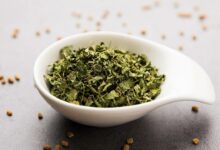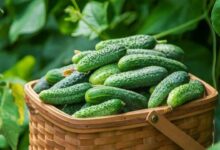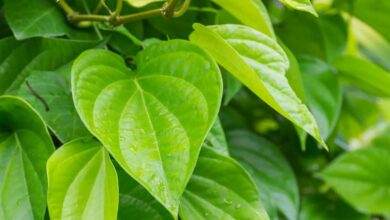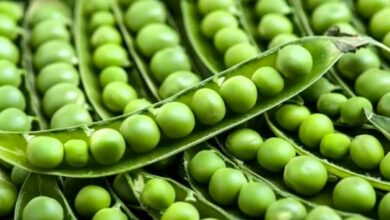Know how to keep your crops safe with integrated pest control…
Integrated Pest Management: Keep insect populations below the ‘Economic Injury Level’ (EIL) using Integrated Pest Management (IPM), a cost-effective, eco-friendly, and all-encompassing strategy. It maximizes natural resources and blends management techniques. When all other options have been exhausted, chemical insecticides are used as a last resort.
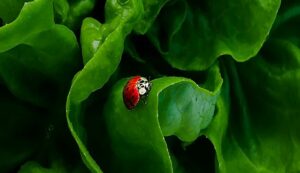
Principal Elements and Goals of IPM
Monitoring and Identification: Precise identification of pests, their species, and their life cycles is a component of IPM systems. This minimizes adverse effects on the environment by guaranteeing that pesticides are only used when absolutely required.
Preventive Measures: To stop pest infestations, cultural and biological methods are used.
For instance:
Crop residue management
Rotating crops:
Choosing cultivars resistant to pests, etc.
Control Techniques: In IPM, control techniques are chosen based on their efficacy and environmental safety. Among them are…
Deep plowing and field cleaning are examples of behavioral control.
Mechanical control: manual pest eradication and trapping.
Utilizing natural enemies and parasites is known as biological control.
Chemical control: Applying targeted, safe pesticides only when necessary.
What makes IPM significant?
Protection of the Environment: Chemical pesticides harm the air, water, and soil when they are used carelessly. The World Health Organization (WHO) reports that exposure to chemical pesticides causes millions of illnesses annually. Overuse of pesticides throws off the natural equilibrium, killing beneficial insects and making pests more resilient.
Sustainable Agricultural Production: IPM lowers crop production costs while also lowering environmental dangers. It guarantees a high-quality crop production and increases farmer income.
Preserving Natural Equilibrium: It’s critical to preserve the equilibrium between dangerous insects and their innate predators. This equilibrium may be upset by careless chemical usage, which can result in the creation of new and more dangerous pest species.
Putting IPM into Practice
For IPM to be implemented effectively, a four-pronged strategy is used.
Establishing the action threshold: Find the point at which pest management becomes necessary. If a single pest is seen, no action is required.
Identification and observation: Not all pests are dangerous. As a result, only pests that have the potential to harm the crop financially are attacked.
Preventive strategies include managing the environment, soil, and crops to minimize insect invasion.
Control: Effective control measures are chosen in the case that preventative measures are ineffective. Low-risk methods are prioritized, with specific compounds being utilized as a last option.
Benefits and difficulties of IPM
Benefits of IPM
Protection of the environment: Less chemical usage.
Profits are increased and expenses are reduced in sustainable manufacturing.
Protection of human health: Less exposure to harmful substances.
IPM’s challenges
Farmers’ ignorance.
Workers with training are required.
Adopting IPM concepts requires resources and time.
The distinction between organic farming and IPM
Despite their numerous parallels, IPM and organic farming vary mostly in how chemicals are used. Only natural pesticides are used in organic farming, while IPM also makes careful use of safe, targeted chemicals.
